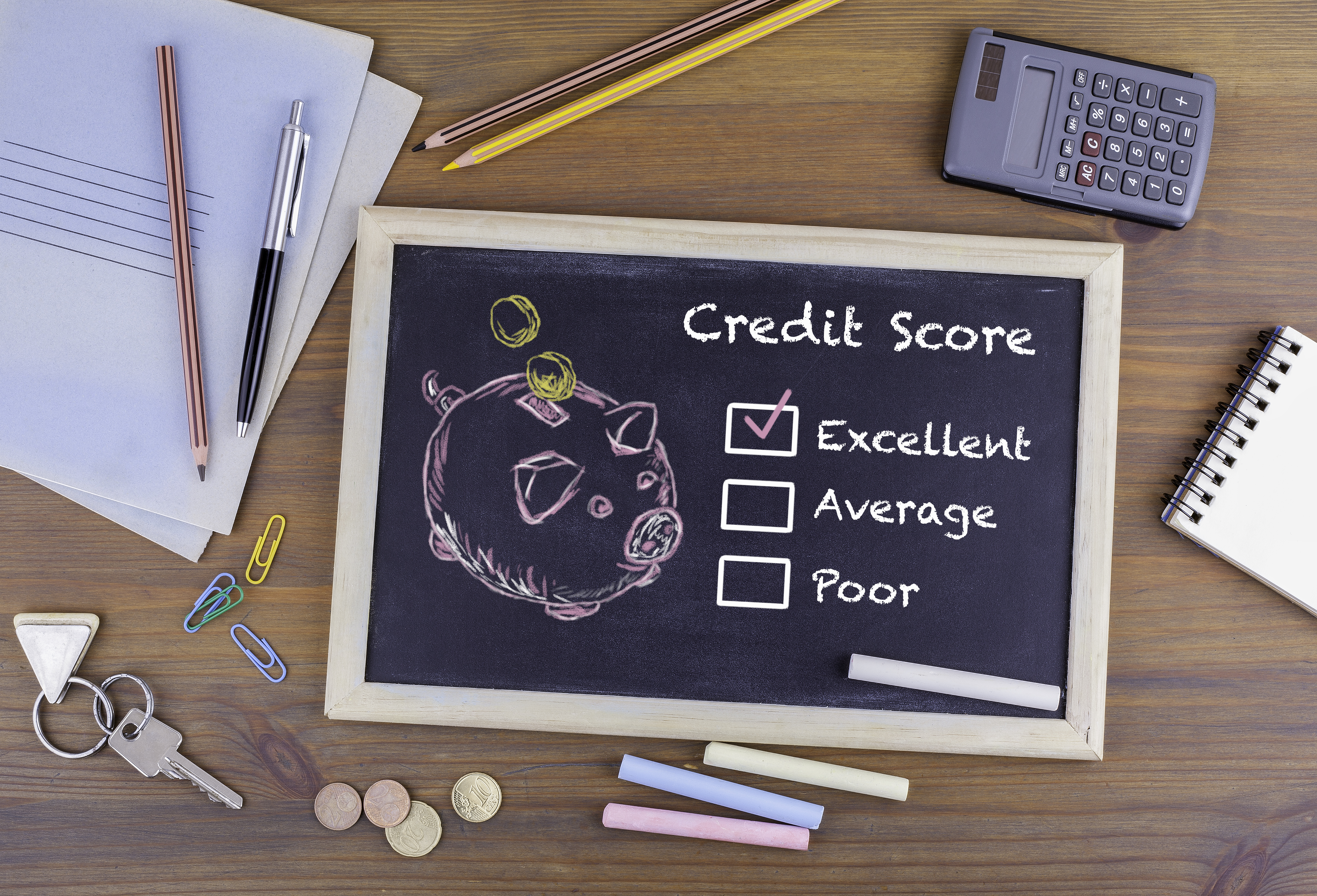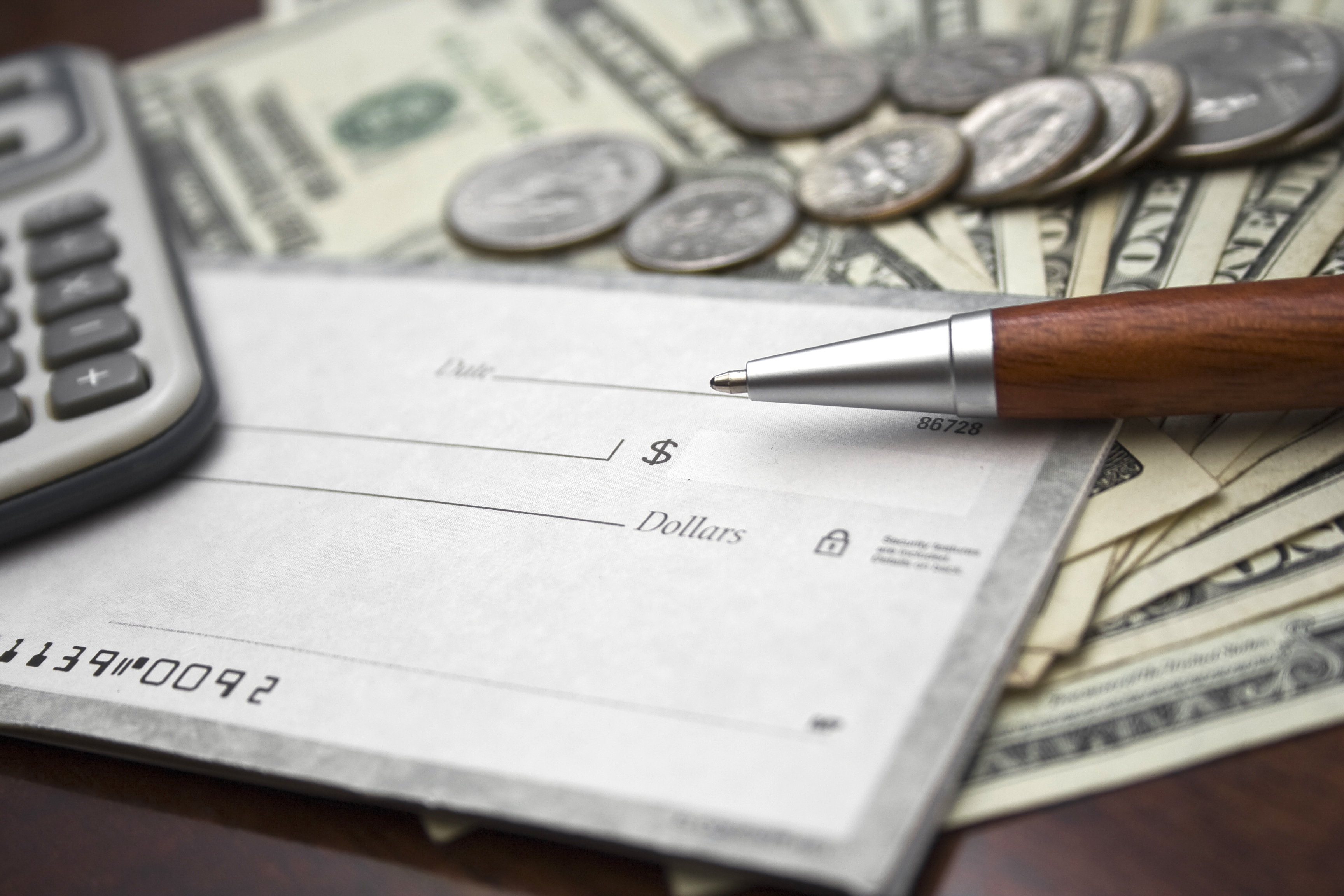How’s your financial literacy vocabulary? Do you know the difference between a credit score and a credit report? We’re breaking down some of the most common and most misunderstood financial terminology right now. Improve your financial literacy vocabulary by learning these 19 terms.
-
1. Budget
A budget is a tool you can use to track your exact income and expenses within a set period of time, often on a monthly basis. Managing a budget will allow you to ensure you’re living within your means.
We talk more about budgets in 3 Money Saving Techniques Anyone Can Use.
-
2. Credit Score
This is a number assigned to each individual that determines their creditworthiness. Lenders use it to estimate how likely that person would be to pay back a requested loan. Scores range from 300-850, 850 being a perfect score. Higher scores will give you access to more lending opportunities at more attractive rates. We recommend shooting for a score above 720. This score is based upon your credit history and your credit report.

-
3. Credit Report
This report is a compilation of your entire credit history. Your credit score is determined based on the information in this report. You’re entitled to view a FREE copy of your credit report once a year at each of the three major credit bureaus. We highly recommend checking your credit report routinely for mistakes or fraud that may be damaging your score. You can report incorrect information to the bureaus to be removed from your report. Get a FREE copy of your credit report at AnnualCreditReport.com.
One common misconception is that the credit report will tell you what your credit score is. In fact, the report does not list this helpful bit of information.
-
4. Checking Account
A checking account is an extremely liquid type of deposit account found at most financial institutions. It’s liquid because you can easily access your money with deposits and withdrawals. Most checking accounts come with a debit card you can use to withdraw funds for purchases.
-
5. ACH Transfers
ACH stands for Automatic Clearing House. It’s an electronic network used by financial institutions to make financial transfers in the U.S. The network is used for direct deposits and direct payments from bank to bank. These types of transactions could include payroll, tax refunds, consumer bills, and more.
-
6. Debit Card
This plastic card connects directly to your checking account. You can pay with a debit card and pull funds directly from your checking account to make the purchase. They are an alternative to paying with cash, physical checks, or credit cards.
-
7. Credit Card
This plastic card is issued by a financial institution. Credit cards allow you to make purchases up to a certain amount (your credit limit), and pay back that amount at a later date with interest. The interest will be calculated on any amount not paid back within a month of purchase.
Find out 7 Simple Tips for How to Manage Credit Cards Wisely.
-
8. EMV or Chip Technology
This is a secure transaction procedure that utilizes encrypted chips to decrease fraud on cards. Your credit and/or debit card will come with a small chip that has to be inserted into a point-of-sale machine to complete the transaction. Each transaction is coded uniquely by the chip.
-
9. PIN Number
A PIN is your personal identification number. You pick your own PIN number, and it’s used to authenticate your identity for electronic transactions. It’s an extra layer of security.
-
10. Routing Number
This 9-digit number can be found on the bottom left portion of a check. It’s the electronic address unique to the financial institution. It identifies the specific financial institution during an electronic transaction. Also known as an American Bankers Association (ABA) transit number.
-
11. Direct Deposit
A direct deposit is an Automated Clearing House (ACH) transaction, where your payment is electronically transferred to your chosen bank account. This payment could be your paycheck, pension, social security payment, or even travel reimbursement. Almost all employers now offer the ability to enroll in direct deposit in lieu of taking a paper check.
Discover the benefits of using direct deposit by reading our post, Enroll in Direct Deposit for these 7 Incredible Benefits.
-
12. Overdraft
An overdraft is when you attempt a transaction that would exceed your account balance, but the financial institution extends you a temporary line of credit to allow the transaction to take place. You are then expected to not only bring your account balance back up to a positive number, but also pay a fee for the service.
Read our article, What You Need to Know about White Rose’s Overdraft Fees, to get a detailed breakdown of the topic.

-
13. Savings Account (or Share Account)
This is the most basic type of account you can open at a financial institution. It’s an interest-bearing deposit account, meaning it will earn a small amount of interest on the money deposited in the account. At credit unions, these accounts are often called share accounts because they represent your stake in ownership as a member.
Make sure you Ask These 7 Questions Before Choosing Your Next Savings Account.
-
14. Annual Percentage Rate (APR)
This rate shows the annual cost of interest over the principal amount of a loan. For example, if the APR on a personal loan is 8.99%, you can calculate that you would pay about 8.99% of the loan amount in interest. This number can help you compare the interest rates on loans and accounts between different financial institutions. This rate does not take into account compounding interest.
-
15. Annual Percentage Yield (APY)
While the APR shows how much interest you’ll pay, the APY shows how much interest you’ll earn. It uses a basic calculation to estimate the annual rate of return on your money, based on the funds being in the account for a full year. It does take into account compounding interest, but not any account fees that may be present.
-
16. Principal
In the context of a loan, the principal is the initial amount issued to the borrower – not including any interest owed during repayment. If you take out a loan for $10,000, the principal amount is $10,000. However, when you’re paying back the loan, you’ll see that your payments are going towards the principal amount and the interest.
-
17. Interest
Interest is the fee you pay for borrowing money. When you take out a loan, you’ll not only owe the loan amount back to the issuer – but also an additional percentage of money. This additional percentage is the interest.
For example, say you take out a $10,000 loan with a 5% interest rate. You pay the loan back once a month for five years. The total amount you pay back is $11,322.74. The principal paid was $10,000 and the interest paid was $1,322.74.
-
18. Variable Interest Rate
This is an interest rate that changes periodically based on economic conditions. If you take out a loan with a variable interest rate, the total interest you pay could increase or decrease upon each evaluation period.
-
19. Fixed Interest Rate
This is an interest rate that never changes during the life of a loan. No matter how long the loan period is or the economic conditions, you will pay the same interest rate.
Are there any terms we missed that you’d like us to cover? Let us know in the comments!
Test your new financial knowledge
Try out our FREE loan calculator tool! Enter in loan rates and terms and see how much you may spend in interest over time. Use the calculator to compare loans from different financial institutions and improve your financial literacy. Try out the calculator now!









